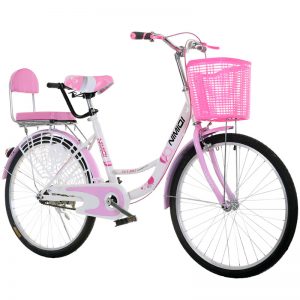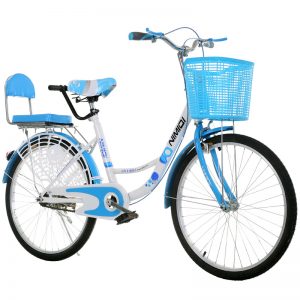In the last part, the bicycle manufacturer introduced the brake cable and the oil pipe of the oil disc, as well as the inspection methods of the headset, handlebar, and seat. Next, I will introduce the inspection techniques for tires and other problems.
1. Tires
Tires are very important for our riding safety. It is an important part that directly contacts the ground. It is related to the safety of our daily riding, especially when riding at high speed. If there is a tire problem, the consequences will be disastrous. First of all, we need to check the surface of the tire to see if there is any debris, clean up debris or hard objects, and then check whether there are bulges on the sidewalls. The tires with bulges need to be replaced in time, and those with serious tread wear should be replaced in time to avoid impact. To grip and riding safety.
2. Tire pressure
Many riders don’t pay much attention to tire pressure. In fact, correct tire pressure can not only provide us with comfortable and labor-saving riding, but also reduce the chance of tyre puncture. Therefore, we must check the tire pressure and inflate it until the tire is more usable. Set tire pressure.
3. Check the crankshaft
The bottom bracket is one of the parts we often use. If it is loose, we must find the problem in time. If it is handled, serious conditions such as abnormal sound of the bottom bracket and wear and tear may occur. First, we grab the crank with our hands and swing it from side to side to see if there is any openness. The center axle of a normal bicycle is very tight, and attention should be paid to the openness. And check the wear of the teeth of the chainring. If there is serious wear, replace the chainring in time, which can better protect the chain and chainring. If not replaced in time, the chain will wear out quickly. In the case of chain wear, the mold will also be accelerated. Plastic other normal teeth, so this is a vicious circle, timely detection and timely treatment.
















